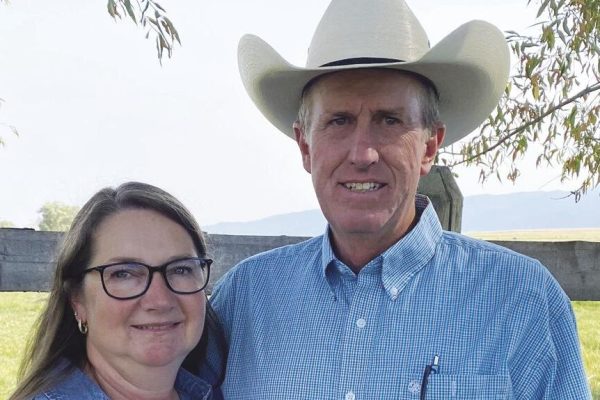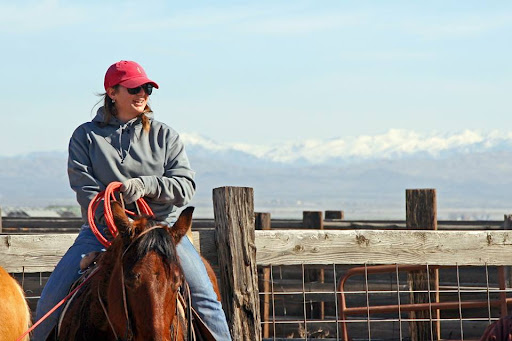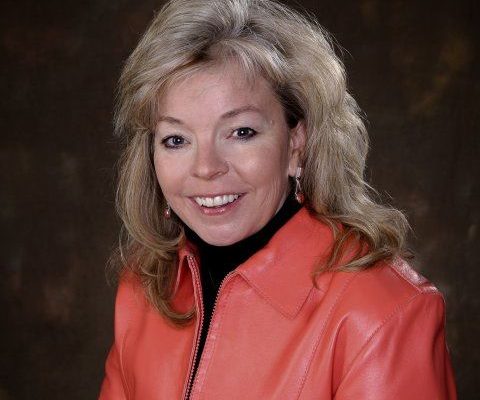Ron Cerri’s ties to Nevada are deep – and not just because he is the 4th generation in Humboldt County, where he and his wife, Denise, own a family cow/calf ranch in Orovada. Cerri is currently serving his third term as a Humboldt County Commissioner, all while ranching at Orovada and in nearby Eureka County.
As PLC Secretary, Ron’s longstanding leadership in agriculture and resource organizations has come to a head. He has long served as a key leader in the Nevada State Grazing Board Central Committee, is a past president of the Nevada Cattlemen’s Association, and as one of the key voices for public lands ranching in the region. For Ron, his advocacy is as much a part of his operation as the work he and his family do when managing their Black Angus beef cattle operation that relies on private, BLM, and Forest Service permits.
Sowing the Seeds of a Better Life
The Cerris hail from It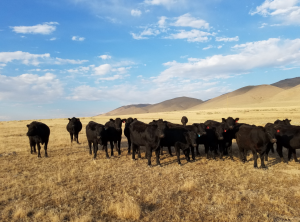 aly. It was there, observing from afar, that Ron’s great grandfather became fascinated with agriculture. Originally, Ron’s great-grandfather was attracted to farming in the United States, but the draw of the iconic American cowboy led him on a different path. Ultimately, around the year 1800, he decided to emigrate to the United States and try his hand. Though not without some hardship, Ron’s great-grandfather ultimately fell in love with his new profession and never looked back. The love for ranching, the heritage associated with the profession, and the knowledge to raise high quality cattle in challenging conditions has been passed from generation to generation in the Cerri family. Ron is the first to tell you that he loves this life, despite the many hardships that come with the territory.
aly. It was there, observing from afar, that Ron’s great grandfather became fascinated with agriculture. Originally, Ron’s great-grandfather was attracted to farming in the United States, but the draw of the iconic American cowboy led him on a different path. Ultimately, around the year 1800, he decided to emigrate to the United States and try his hand. Though not without some hardship, Ron’s great-grandfather ultimately fell in love with his new profession and never looked back. The love for ranching, the heritage associated with the profession, and the knowledge to raise high quality cattle in challenging conditions has been passed from generation to generation in the Cerri family. Ron is the first to tell you that he loves this life, despite the many hardships that come with the territory.
Hardships Breed Hard Work
Like so much of the West, ranching in Nevada is heavily influenced by the ever-changing environmental and financial landscapes carry with them a variety of challenges. Over his lifetime, Ron has confronted prolonged and harsh drought which have threatened the health and prosperity of his herd. Bureaucratic inefficiencies from federal public lands managers further complicate matters, as efforts to build key infrastructure and range improvements are delayed for a variety of reasons.
“Our costs have skyrocketed. With the price of diesel and the current drought impacts, we’ve had to adjust. We will have to supplement [feed] our livestock which will be very difficult with the current hay prices.”
In order to build rangeland resiliency over time, the Cerris makes timely adjustments to address immediate risks with the mindset that each step should contribute to long-term sustainability. Ron uses a deferred rotation system on both his private pasture and the public lands he manages, rotating and resting lands on a yearly basis. This allows for responsible stimulation for use and regrowth of the forage, especially in the dry years. The adoption of a deferred rotation system, according to Ron, has considerably improved the land. Ron also works closely with the Bureau of Land Management to address the ever-increasing risk of invasive species and other threats.
The priority the Cerri family places on rangeland resiliency is perhaps best exemplified by the work they have done to address the explosion of wild horses and burros in the state that affects the land all around them. Nevada is home to more than 46,000 horses and burros managed by the BLM under the Wild and Free-Roaming Horse and Burro Act. The Appropriate Management Level for both species in Nevada is just 12,000, and land managers like Ron have had to confront some hard realities on the range: there are too many horses on the rangeland and not enough forage to feed them. Streams, creeks, and springs take a beating as horses compete with wildlife, and other horses, for resources that are simply insufficient for the demand.
Ranchers like Ron play a unique role in this issue. Ron is on the land, managing his livestock according to specific ecological conditions and goals. Often, he is the eyes and ears for the BLM when horses stray from their herd areas. He is at the front of the line to advocate for a better future for the landscape – a future which requires the expertise of ranchers to help the land and water recover. Ron knows that public lands in the west have to be healthy to work for a wide variety of purposes: for horses, for wildlife, for cattle, and for people.
“It’s a system. When things are balanced, when all multiple uses are working together, it works really well but when one use is allowed to run rampant, every other use suffers. This is one area where we have to make progress, otherwise these landscapes may be lost.”
Maintaining the Longevity of the Cerri Ranching Legacy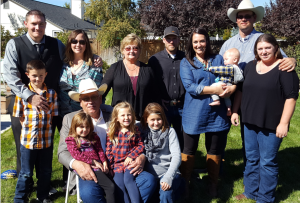
Ron often tells a cautionary tale, warning that the worst thing for the future is inaction. Like his great-grandfather, Ron knows that tenacity is often rewarded with success, and this is what he hopes to share with the next generation. As Ron once again steps into leadership at a national level, the transfer of his business to his children is one of his largest priorities. Ron’s dedication, passion, and relentless drive to promote the sustainability of both his operation and land has inspired his leadership and in turn has inspired his family.



